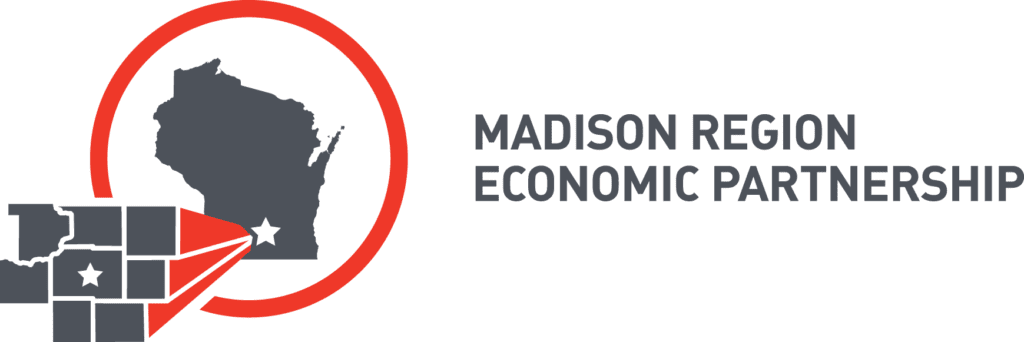TRansportation & Infrastructure
The Madison Region has a well-developed and diverse transportation network for moving products and people.
Both successful businesses and exceptional quality of life depend on quality infrastructure. Our eight-county Region has the infrastructure to support the needs of your business, as well as enhance your life when you’re not working.
Diverse Transportation Network
The rich history of the dairy industry has provided fantastic roads throughout our eight counties, while air, rail, and the interstate highway system connect us with markets near and far. Four major interstates across the region connect us with major Midwestern markets, and several bus lines provide daily service to Milwaukee, Chicago, and Minneapolis.
Easy Air Access to Many Markets
The Dane County Regional Airport (MSN) offers more than 100 flights daily on major airlines flying directly to major U.S. cities or airport hubs.
The airport currently offers non-stop routes for easy access to major markets.
Parking at Dane County Regional Airport is convenient, with more than 4,600 covered spots available in close proximity to the terminal. Another 1,600 spaces are available in the surface and economy parking lots.
An additional 16 small airports service the Region at the county or municipal level.
Regional Rail Access
Five freight rail lines operate in the region, while Amtrak stops in Columbus, Portage, and the Wisconsin Dells. The Wisconsin & Southern Railroad (WSOR) is based in the City of Madison and operates all the local freight rail lines serving the Madison Region. WSOR connections to intercontinental freight lines take place in Milwaukee and Chicago.
Wisconsin Infrastructure at Its Finest
The Madison Region has a rapidly expanding broadband telecommunications network, as well as access to clean, abundant water and dependable, affordable gas and electric services. The eight counties are home to a thriving, competitive telecommunications industry with a wide range of choices for traditional and non-traditional services and a host of providers across the region. The Madison Region’s access to clean water not only reflects its location near the largest freshwater resource in the world — the Great Lakes — but also the cooperative efforts of water systems, water trade associations, and individual operators.
Utilities
There are five major gas and electric utility providers in the region:
Access to Markets
Located in south central Wisconsin, the Madison Region is positioned near major thriving urban Midwest markets. Four major interstates cross the region connecting us with the major markets of Chicago, Milwaukee, the Twin Cities, and beyond. While the southernmost border of the Madison Region is located less than an hour away from Chicago, our northern border is less than four hours from Minneapolis/St. Paul.
Home to over 1 million people, the Madison Region is comprised of 81 villages, 167 towns, and 40 cities, including diverse urban areas like Madison, Janesville, Beloit, and Whitewater as well as dynamic rural communities like Dodgeville, Monroe, Beaver Dam, Portage and Baraboo.
Wisconsin’s central location provides access to markets throughout the country, and as the only state bordered by two Great Lakes and the Mississippi River, our port system puts businesses within reach of markets around the world. The state’s 110,800 miles of roads, 133 public or general use aviation airports, and 12 railroads form an integrated network of multimodal transportation that moves the state and region’s economy and keeps us well connected to other markets.


